Royal Enfield Himalayan review, road test
Royal Enfield claims that the Himalayan is rugged, long legged and a daily runabout, all in one package. We find out if it delivers on the promise.
Published on May 20, 2016 10:49:00 AM
36,234 Views
Follow us on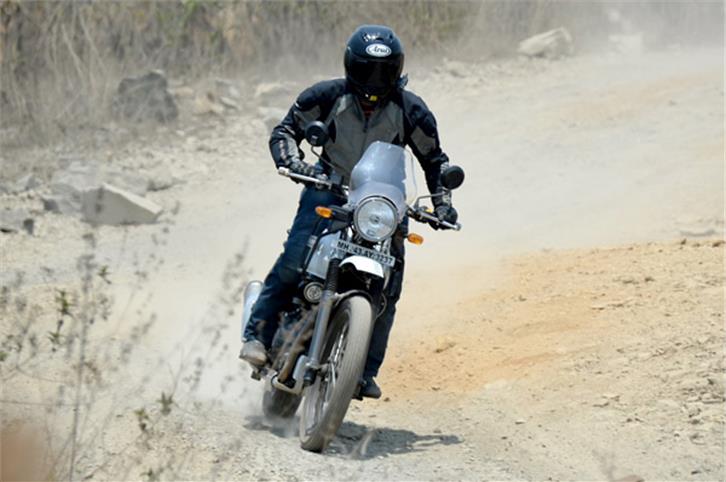
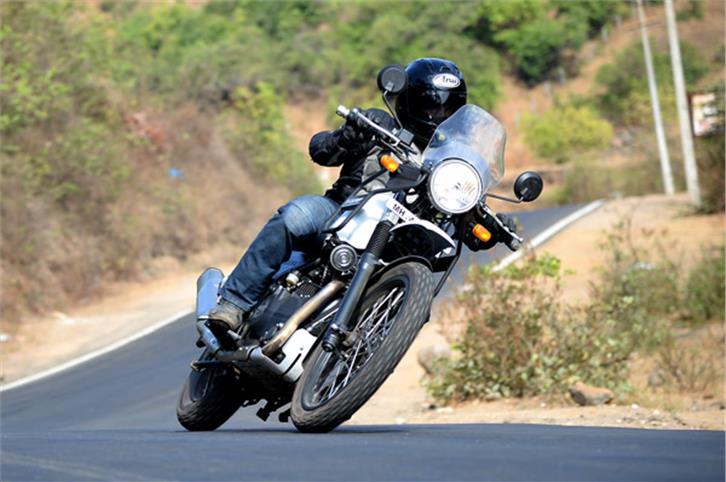
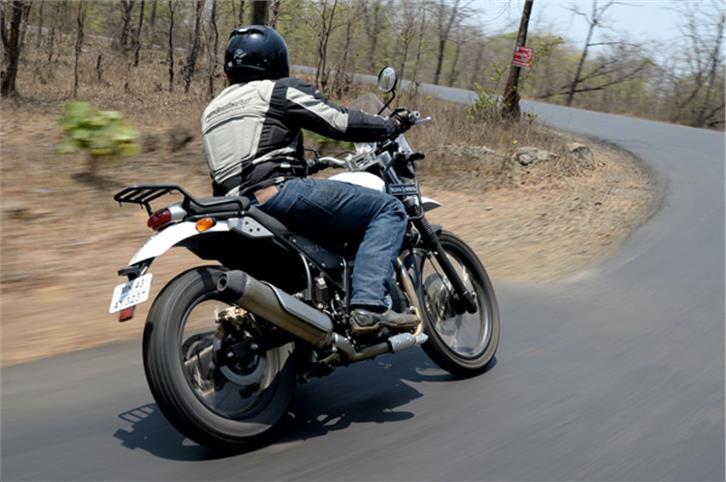
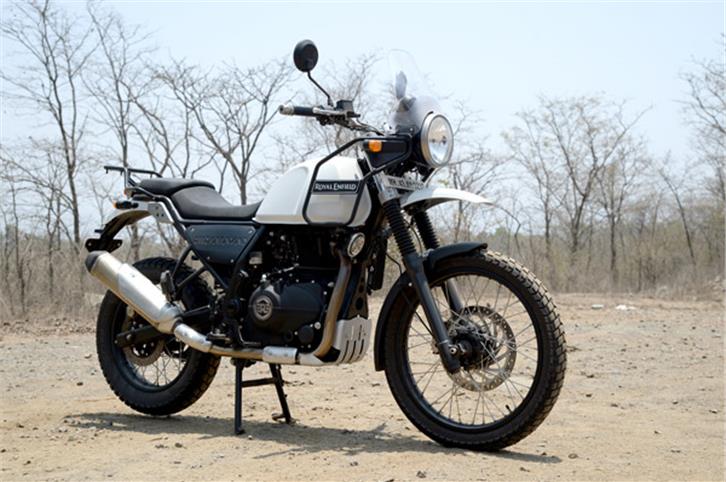
Powering the Himalayan is Royal Enfield’s all-new LS410 engine. This air-cooled four-stroke motor boasts a cubic capacity of 411cc and the chain-driven overhead cam (OHC) architecture in the head is a radical departure from the pushrod-driven valve system prevalent on all of RE’s engines thus far. This switch to OHC allows this motor to rev higher than any of the company’s other engines (with a redline now at around 7600rpm). Peak power of the LS410 is 24.5hp at 6500rpm and a peak torque figure of 32Nm is made at 4000-4500rpm. As another departure from the RE convention, a shift to an external oil-cooling system has contributed to improved reliability of the motor and increased oil-change intervals to a whopping 10,000km! At the same time, Royal Enfield has focused on ridability and has stuck to what the manufacturer knows best, by maintaining a long-stroke configuration for the motor along with a two-valve head. This has kept the motor from becoming peaky in its power delivery and has allowed for more usable power and better low and mid-range torque.
With this new motor, the Himalayan is reasonably quick off the line. Zero to 60kph is disposed off in 4.10 seconds while the 100kph-mark comes up in 10.80 seconds. And these figures were despite the fact that our test bike’s clutch was slipping when doing an aggressive launch. If the slip were to be eliminated, we have no doubt that these performance figures can be easily improved upon. Now, in a broader perspective, these figures might only be comparable to today’s sporty 200cc single-cylinder offerings in the Indian market, the Himalayan can take solace in the fact that it is the quickest Royal Enfield at the moment.
On the highway, the bike can easily maintain a cruise speed of 90-110kph in fifth gear with the throttle only about half open, which leaves you enough juice to twist it and go for a quick overtake whenever you need to. And at these speeds, this engine feels surprisingly smooth, thanks to the use of a counter balancer on the crankshaft. In fact, there are barely any vibrations to speak of even when you have it bouncing off the limiter. However, any faster than 120kph and the motor really starts to feel strained. Here, we feel, an inclusion of a sixth gear would have really worked wonders in letting the bike feel even more unstressed at triple-digit highway speeds.
The motor’s biggest strength lies in its creamy spread of torque. Right from 2000rpm, the engine responds really well to any throttle input, although past 5000rpm, this response does start to diminish. Because of this, even in higher gears, roll-on acceleration from low speeds is quite strong. In fourth gear, the Himalayan can get from 30 to 50kph in just 3.86 seconds, while in fifth, it can get from 50 to 70kph in 4.68 seconds. This wide torque band is quite useful even when you’re riding off the road, as it becomes easy to keep the motor in its generous sweet spot, propelling it through the loose stuff with relative effortlessness. And there’s plenty of torque on tap to let the back wheel slide through off-road corners like an absolute boss.
But, one area where the motor feels like it falls short is in the noise it makes. Now, don’t get us wrong, the exhaust note is actually quite good. It’s the noise emanating from the engine itself, especially when you add load, which sounds like it’s knocking, and that certainly isn’t pleasing to the rider’s ears. While the Himalayan’s five-speed gearbox provides positive upshifts, it does tend to feel notchy when downshifting. But we think this has more to do with the inconsistent clutch action rather than the gearbox itself. Not only was the feel at the clutch lever heavy, there was a feeling that it wasn’t engaging and disengaging completely, leading to imprecise downshifts.
This new motor’s 24.5hp is a little on the lower side. And it is true that when compared to some of its contemporaries, the LS410 motor under-delivers with regards to its cubic capacity. While an extra 5 or 10hp would’ve always felt welcome, and might just have elevated the Himalayan to an even higher level, we honestly feel that the bike can do quite a bit with what power it already has. When you ride it around for a bit and discover this motor’s enjoyable, laid-back nature, there’s rarely a desperate craving for more horsepower. For the week or so I had the Himalayan with me for this test, I found myself gravitating towards it for pretty much all my riding needs, despite having faster motorcycles in the garage.
Copyright (c) Autocar India. All rights reserved.


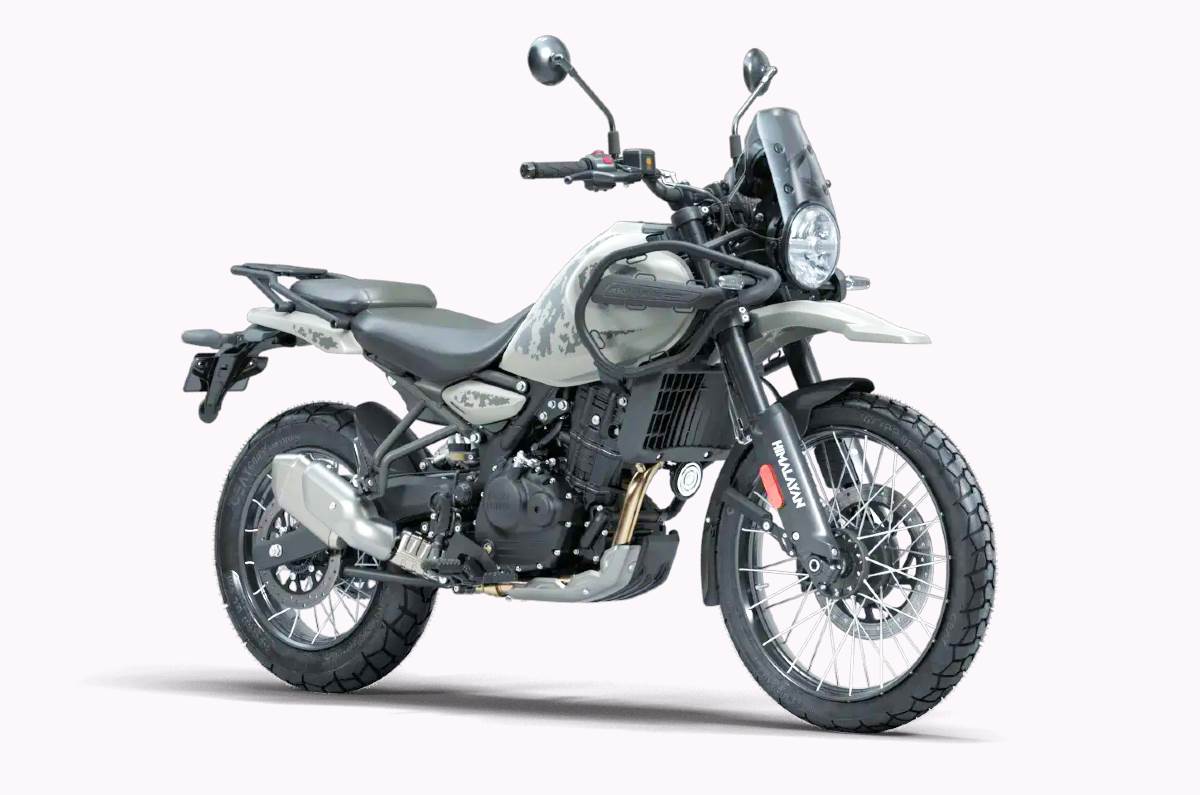




Comments
Member Login
Personal Details
No comments yet. Be the first to comment.